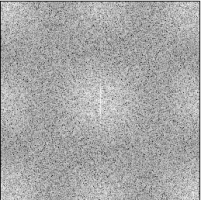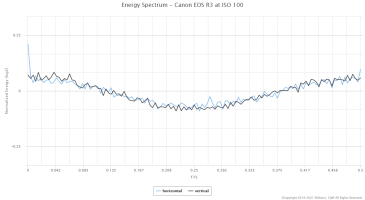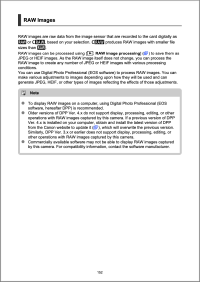Meh...
DBounce is making a perfectly valid - if arguably poorly articulated - point.
The phrase "noise reduction", as it pertains to photography, has a very specific and unambiguous popular meaning, and Canon sensors
do not apply noise reduction in that sense.
Even
Bill Claff's own page (written by
Emil Martinec, whose opinion on the subject I trust all day long - he
is a scientist, and actually created the AMaZE noise reduction algorithm) has this to say about Canon sensors:
(I've fixed the link to the Canon paper).
In short, this isn't noise
reduction in the common use of the phrase, but noise
filtration prior to the RAW file being written.
Not the same thing
at all - a fact he (or rather Emil) explicitly acknowledges:
It's the pejorative, lazy and inaccurate terminology that rankles.
And yes, it's still RAW data - noise being excluded from the data written to file means that all of the meaningful image data is retained. This is perfectly consistent with any reasonable definition of "RAW", such as
that on Wikipedia (with my emphasis):
Nothing about Canon's approach falls outside of this definition. It's not semantics, it's simply
not true to say that Canon files have "baked-in noise reduction" - this phrase has a specific (negative) implication, and is fundamentally inaccurate on its face.
I mention the "Canon paper" referenced (by a broken link) on Bill Claff's page.
It adds this to the equation relating to random noise:
Again, we're talking about a method which filters out noise prior to the RAW file being written, not noise reduction
per se, as it's commonly meant.
It is perfectly legitimate to consider what results to be a RAW file. In the absence of any definitive definition, it is entirely reasonable to consider
the file that results - being only data, and needing to to be converted into an image format - as a RAW file.
The problem with this thread isn't whether Canon does on-chip "management" of noise - that's never been in doubt (the Canon paper above is from 2008, AFAIK) - but whether there's even the slightest legitimacy in calling it "baked-in noise reduction".
There isn't, and it isn't. The phrase as it's commonly used implies that something useful has been lost, and there's simply no basis for that assumption.
OMB





